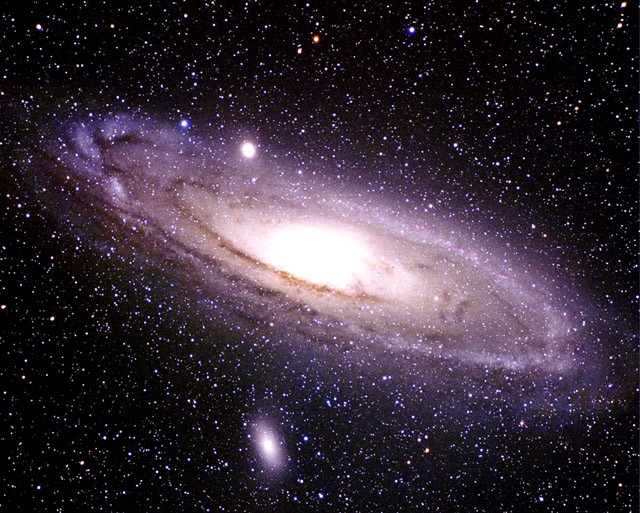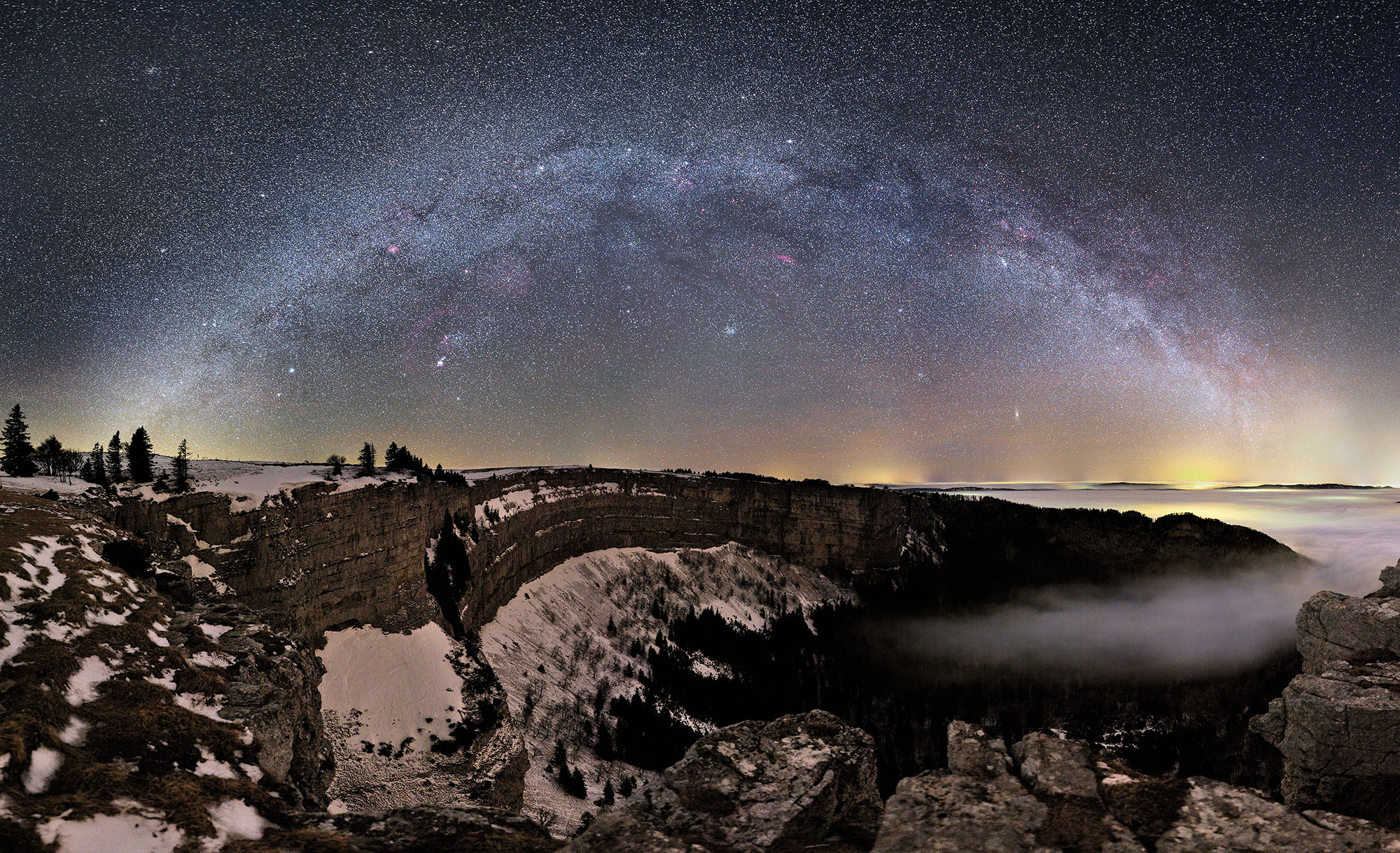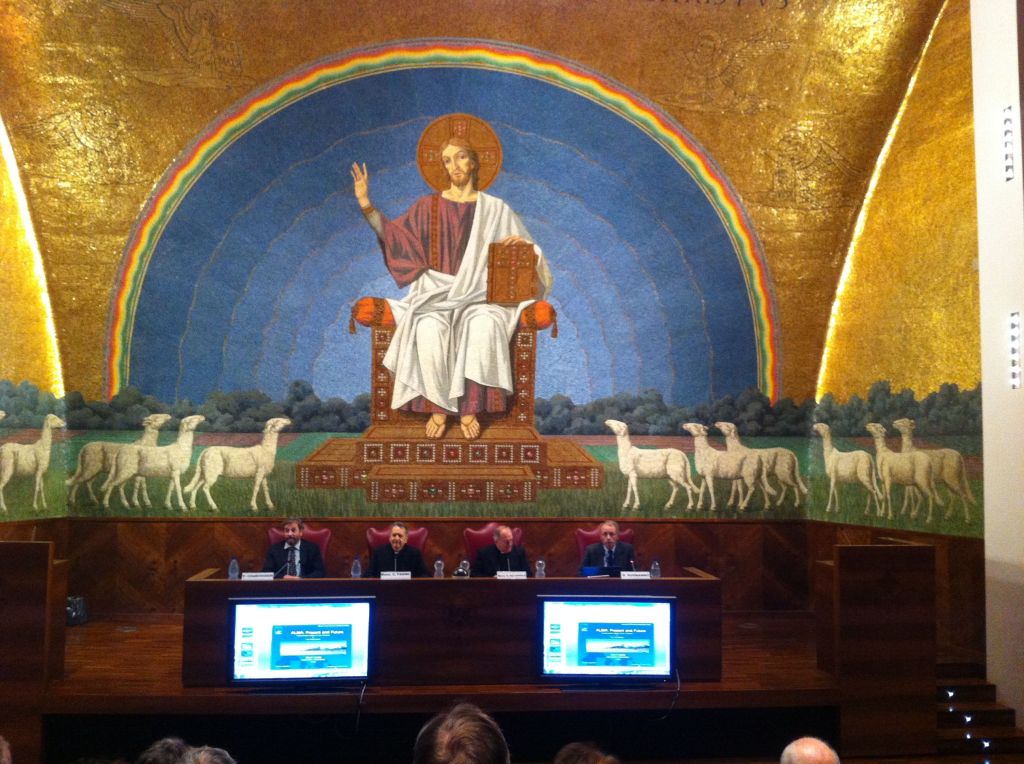We apart from being depressing, it's not actually true. And I am finally decided today to write why not.
All of the stars we see in our night sky are part of our own Galaxy - the Milky Way.
This is how the night sky looks from a really dark site (in a beautiful image taken by Stephane Vetter which appears on APOD). We live inside our galaxy, so we see stars in it in all directions, and along the disc of the galaxy (which is shaped a bit like two fried eggs held back to back) we see lots of stars all close together on the sky.
This is a picture of a nearby galaxy - the Andromeda galaxy, which has a similar structure to what we think the Milky Way would look like from the outside (also from APOD)
 |
| Andromeda Galaxy: Credit & Copyright: Jason Ware |
We can measure distances to stars and other structures in our galaxy, so we know to a good level of confidence that it's about 100-200 thousand light years across. So every star we see in the night sky is closer than 200 thousand light years away. That means the light from them travelled for 200 thousand years or less to reach your eye.
In fact most bright stars in the night sky are much closer than that. Most of the stars we see in the sky are within a 1000 light years (e.g. this list of the brightest 26 stars in the night sky), so the light from them has taken less than a 1000 years to reach your eye.
So if the star you wish on is a bright one in the sky (at a guess I'm going to say it is), that means it's probably within 1000 light years from us. So the light from it has been travelling for 1000 years to reach your eye. That's a long time, but it's not a million years, and it means that it's unlikely that that star is already dead.
Most stars live for billions of years - only the very biggest live for shorter - but even that is a million years.
The things which are millions of light years away, and in which the stars likely are already dead are all the other galaxies in the Universe. However the most distant one you can see with your own eye is the Andromeda galaxy (check out that faint blob below the Milky Way to the right of the all sky picture above - that's Andromeda; or see me point it out in this video). Andromeda is far away - about 2.5 million light years away, but even at that distance most of the stars you see whose light has taken 2.5 million years to reach your eye will still be alive.
Basically what I hope I've convinced you is that unless you're dreaming on stars in galaxies so faint you can't see them with your own eye, the statement above just isn't true.
So keep dreaming. That star most likely isn't dead already, and your dreams don't need to be either. After all I got to become a professional astronomer and have two beautiful kids as well.
































